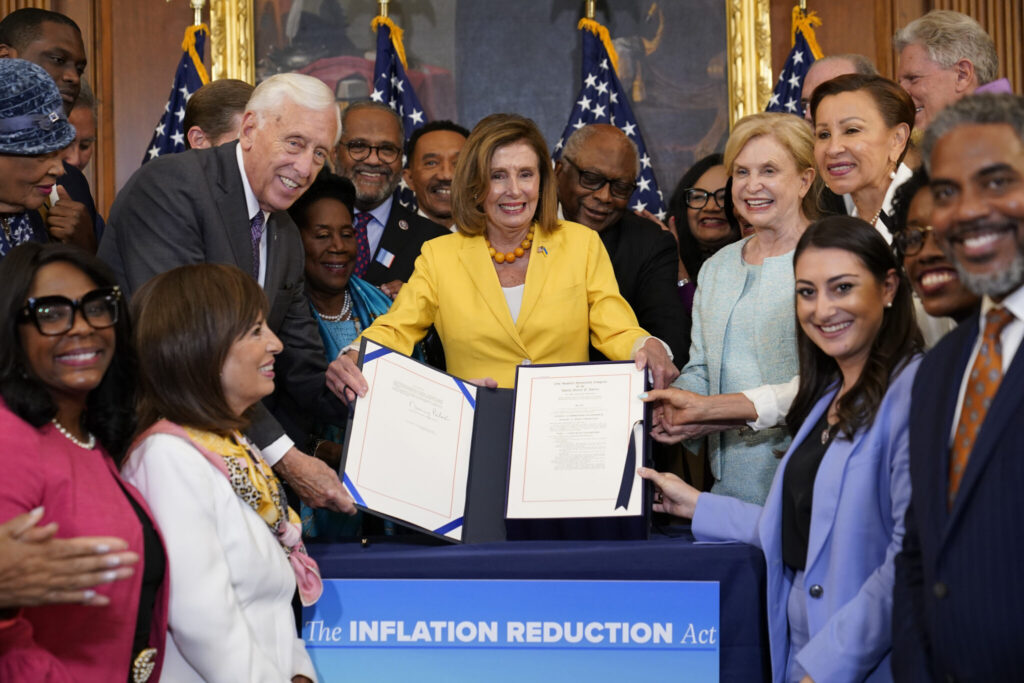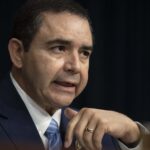President Joe Biden’s ambitious attempt to use the levers of government to chart a new era of domestic manufacturing, modernizing the U.S. to compete in the 21st century, packaged as “Bidenomics” by the White House. The effort is the product of three major bills approved in the last Congress that are also the president’s hoped-for roadmap for reelection. Republicans have balked at what they said was unwarranted federal spending. The debate between those two views could go a long way toward determining who wins the White House and control of Congress in 2024. On the ground, it’s a mix of the promise and pitfalls of domestic policymaking beginning to take shape across the country. The Associated Press has the story:
‘Bidenomics’ delivered a once-in-generation investment
Newslooks- WASHINGTON (AP)
There are so many dots on the maps they blur into blobs — each one reflecting trillions of public and private dollars flowing in the U.S. this past year to build thousands of roads, bridges and manufacturing projects in communities large and small, in states red and blue.
They include an electric vehicle “battery belt” of manufacturing stretching from Michigan to Georgia, semiconductor fabrication plants in Arizona, Texas, Ohio and New York and broadband coming to Appalachia.
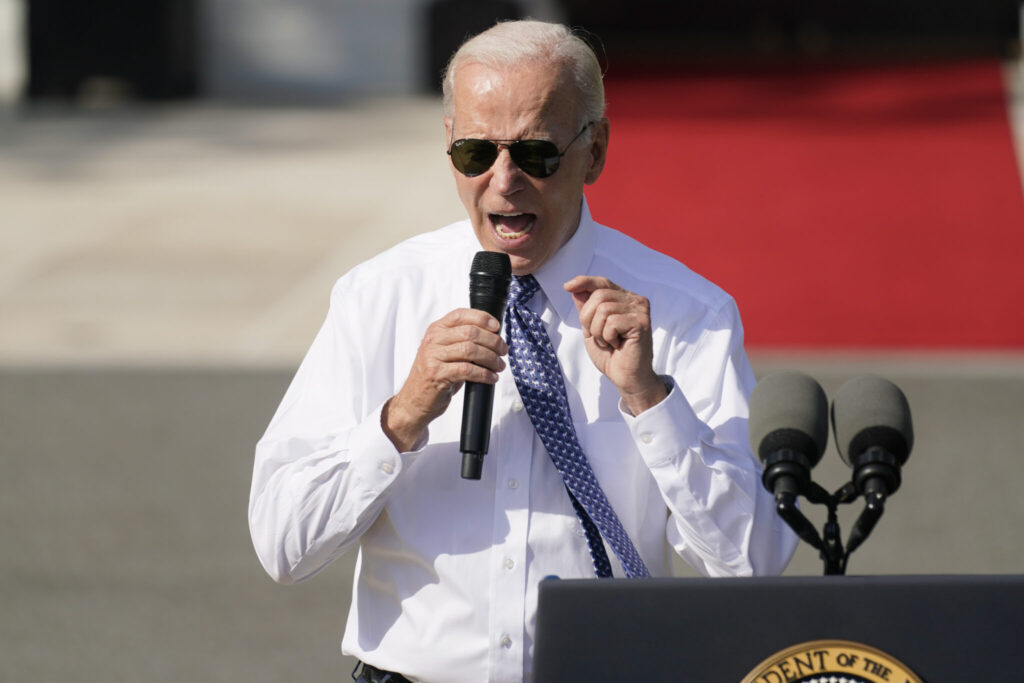
Taken together, they represent President Joe Biden’s ambitious attempt to use the levers of government to chart a new era of domestic manufacturing, modernizing the U.S. to compete in the 21st century.
Packaged as “Bidenomics” by the White House, the effort is the product of three major bills approved in the last Congress that are also the president’s hoped-for roadmap for reelection. Republicans have balked at what they said was unwarranted federal spending. The debate between those two views could go a long way toward determining who wins the White House and control of Congress in 2024.
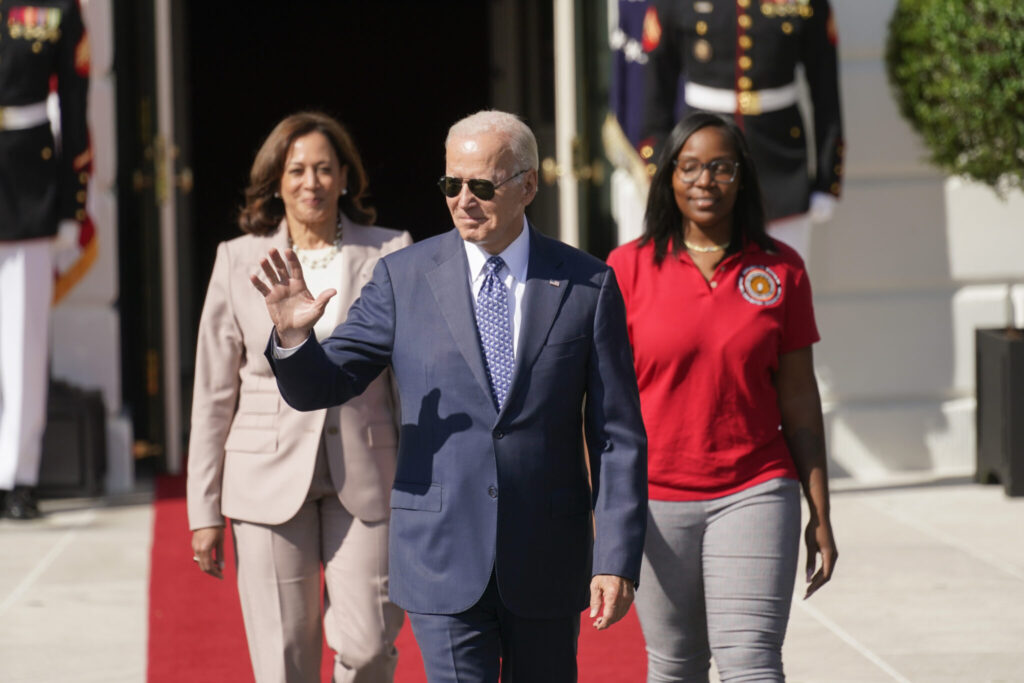
On the ground, it’s a mix of the promise and pitfalls of domestic policymaking beginning to take shape across the country.
“It’s this whole new world of opportunity,” said Monte Shaw, executive director of the Iowa Renewable Fuels Association, who said firms are investing millions of dollars to upgrade facilities and transform the ethanol industry.
Much like the development of the federal highway system in the 1950s or the space race to the moon in the 1960s, the undertaking is once in a generation. More recently, presidents have tapped Congress to deliver on their vision for social or fiscal policy, with the Affordable Care Act, or Obamacare, a decade ago and Trump’s GOP tax cuts in 2017.
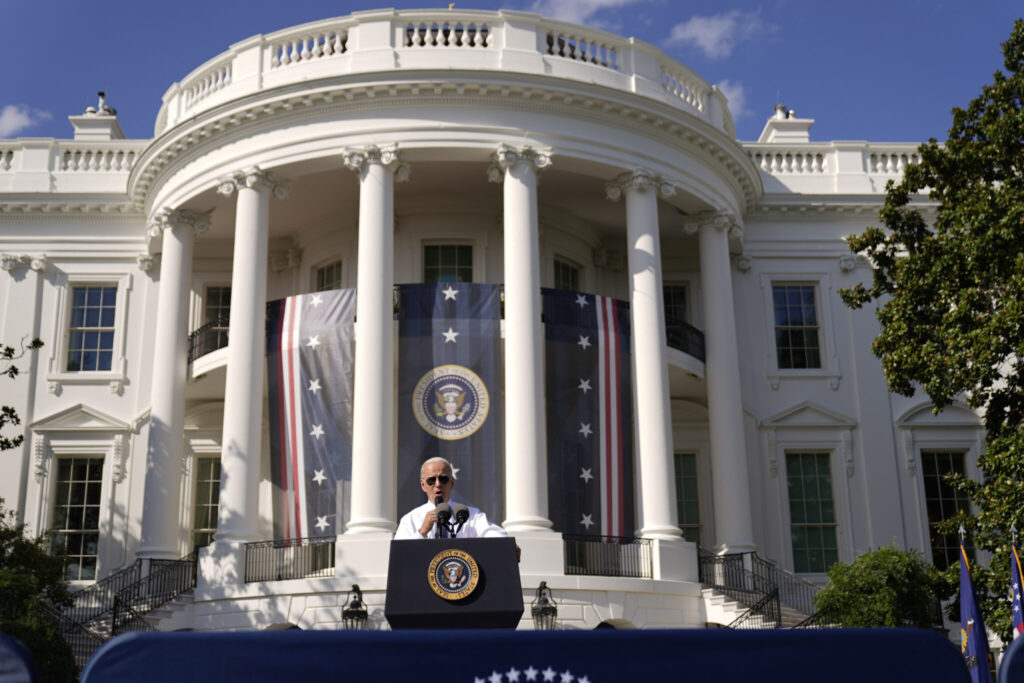
Now rounding year one, it remains a work in progress. The Inflation Reduction Act, the Chips and Science Act and the Infrastructure Investment and Jobs Act are coming into fruition at a time of economic churn and stubborn inflation in the aftermath of the COVID-19 pandemic.
“We spent decades underinvesting,” said Wendy Edelberg, a former chief economist at the nonpartisan Congressional Budget Office and now a senior fellow in economic studies at the Brookings Institution think tank. “And so we have a lot of catching up to do.”
Democrats see the trio of bills — two of which also drew bipartisan support from Republicans — as their calling card to voters ahead of the 2024 election, the tangible results of Biden’s vision and tenure in the White House. For Republicans, many of whom voted against all three bills, Bidenomics is a powerful punchline about big government overreach.
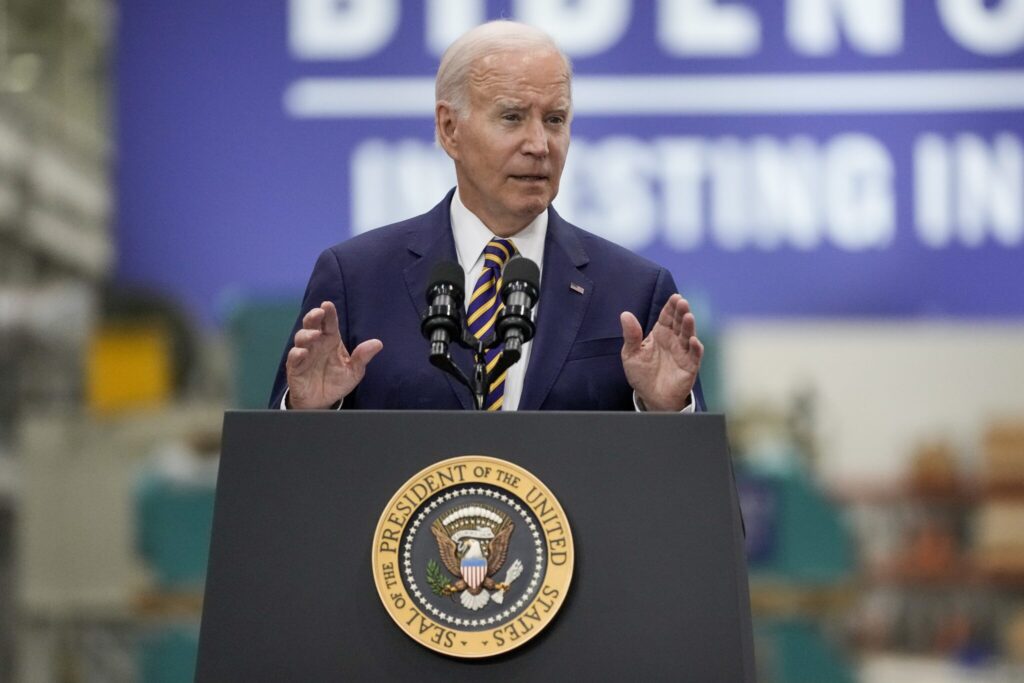
“What is ‘Bidenomics’?” said a memo circulated earlier this summer by Senate Republican Conference Chairman John Barrasso of Wyoming. “It is the inflationary Washington spending, costly regulations, and regressive taxes touted by Joe Biden and Kamala Harris,” he said, referring to the vice president.
Economists acknowledge that while inflation has eased some from its pandemic spikes, the investments are adding to demand and price pressures, a factor in higher interest rates that can keep lending tight.
Donald Trump, the leading Republican candidate trying to oust Biden in 2024, defines Bidenomics in contrast to what he calls his own “boom” years in the White House.
″‘Bidenomics’ is shorthand for ‘I pay more for less,'” said Jack Pandol, communications director at the National Republican Congressional Campaign, the House GOP campaign arm.
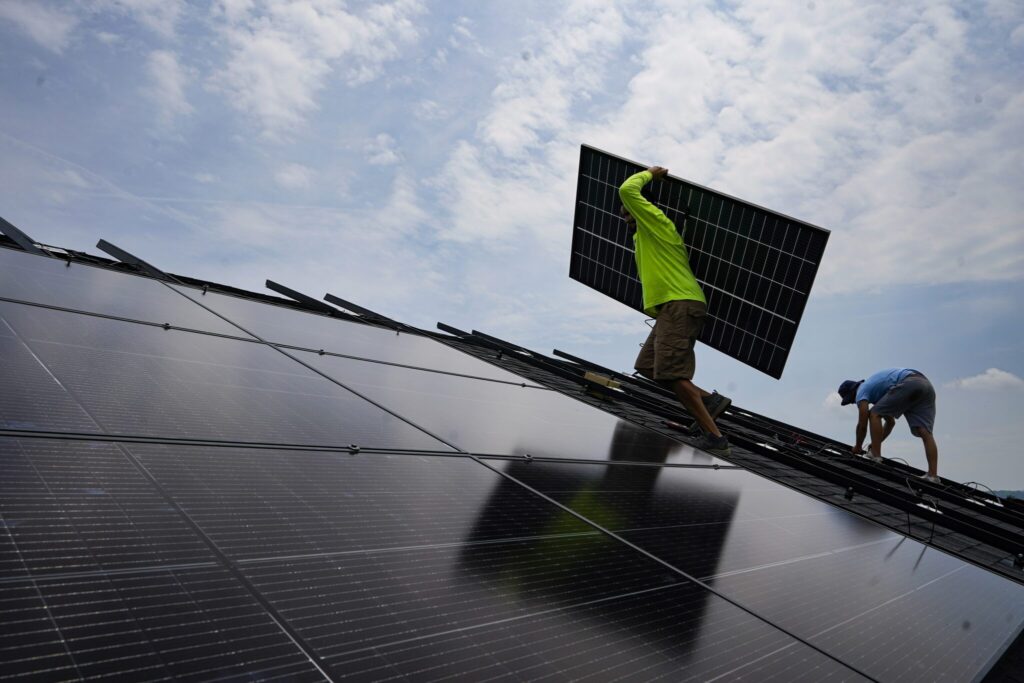
Looking over the tiny dots on the maps being produced by the government and outside groups, the display of public and private investment is steadily coming into focus.
Propelled by a mix of direct funds and lucrative federal tax breaks, the legislation is also luring outside dollars to the table.
The White House said the federal policy has generated more than $500 billion in private investment announcements flowing to the states – much of it in Republican-held congressional districts as companies invest where land is cheap and labor unions lag. Even Republicans who voted against the bills are now vying for credit.
The CHIPs bill alone has sparked some $200 billion in domestic semiconductor manufacturing, according to the Center for American Progress, a liberal think tank, and industry estimates.
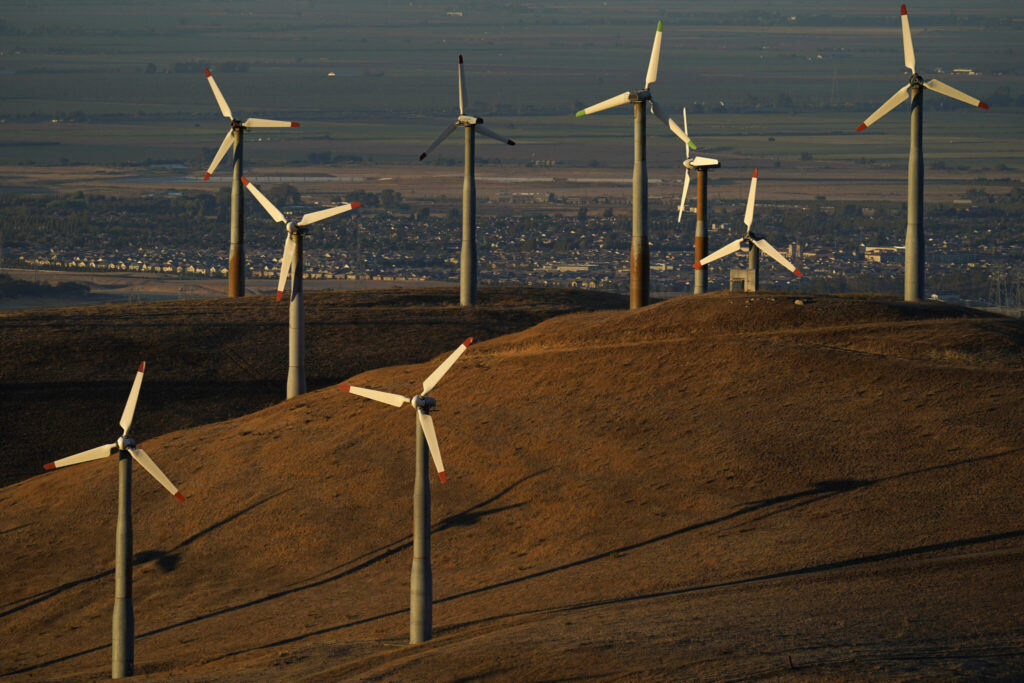
IRA’s centerpiece, a $400 billion federal investment to curb climate change, is standing up solar, electric vehicle and battery manufacturing, particularly in the Southeast region where Republicans dominate.
At the same time, provisions in the IRA will allow counties and local governments to tap into federal green energy production tax credits typically used by private entities, enabling them to develop projects on their own.
“What you’re seeing is that counties are kind of the laboratories of innovation,” Mark Ritacco, the chief government affairs officer at the National Association of Counties.
Biden is encouraging Americans to go see for themselves.
“Click onto Invest.gov, put in your location,” he said recently in South Carolina. “You’ll all see projects we’re delivering in communities all across America.”
In many ways, the undertaking reflects Biden’s initial ideas when he took office for the “Build Back Better” agenda, which started as an industrial policy but morphed into a much-more unwieldly package of social programs that collapsed in failure.
Instead, the other three bills came into focus, as Congress surprised the skeptics to deliver legislation to passage.
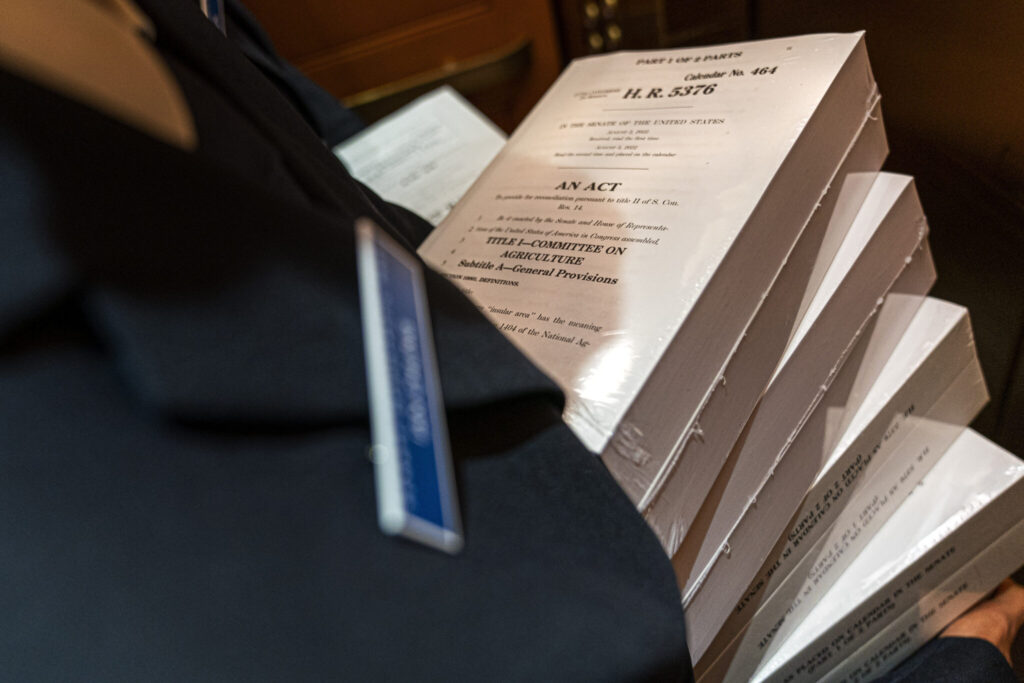
The bipartisan infrastructure bill approved in 2021 poured money into repaving roads and building bridges, but it also pumped funds into public works projects nationwide.
That included money to upgrade drinking water systems in a nation where millions of Americans still have lead pipes and $42 billion for broadband to connect some 8 million households to the internet – including 271,000 locations in West Virginia where Republican Sen. Shelley Moore Capito fought to ensure connectivity.
“We have a real opportunity to finally bridge the digital divide in West Virginia,” she wrote in a summer op-ed.
While a similar bipartisan effort powered the CHIPS bill to passage, investing $50 billion in semiconductors and science research, Democrats alone muscled the Inflation Reduction Act into law late over steep Republican opposition, which continues to this day.
The GOP-led House has tried to dismantle the IRA law, but as it begins to take hold in communities that may become more difficult.
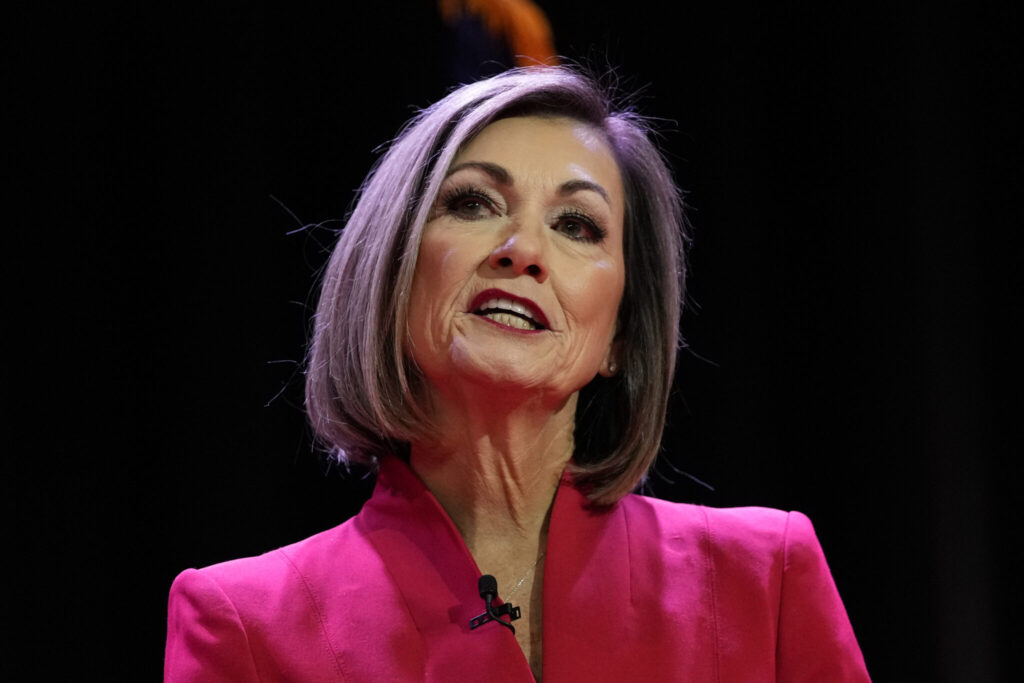
Gov. Kim Reynolds of Iowa and other Midwestern Republican lawmakers fought to preserve the tax break that home-state ethanol producers are already banking on to upgrade their facilities.
Biden has been increasingly eager to call out the political disconnect. The president announced plans to travel to the Georgia district represented by firebrand Rep. Marjorie Taylor Greene that’s home to a solar plant expansion.

He recently called out opposition from Republican Rep. Lauren Boebert of Colorado, whose district is home to a blade manufacturing plant for wind turbines.
Economist Jason Furman, a former Obama official now at Harvard, acknowledged the pressure the laws put on inflation, but he said they are rapidly focusing private industry investment.
“It does look like all three bills are catalyzing a lot of activity in a sort of larger and more rapid way than I would have expected,” Furman said. “This feels to me the biggest thing that’s happened to the half century.”

